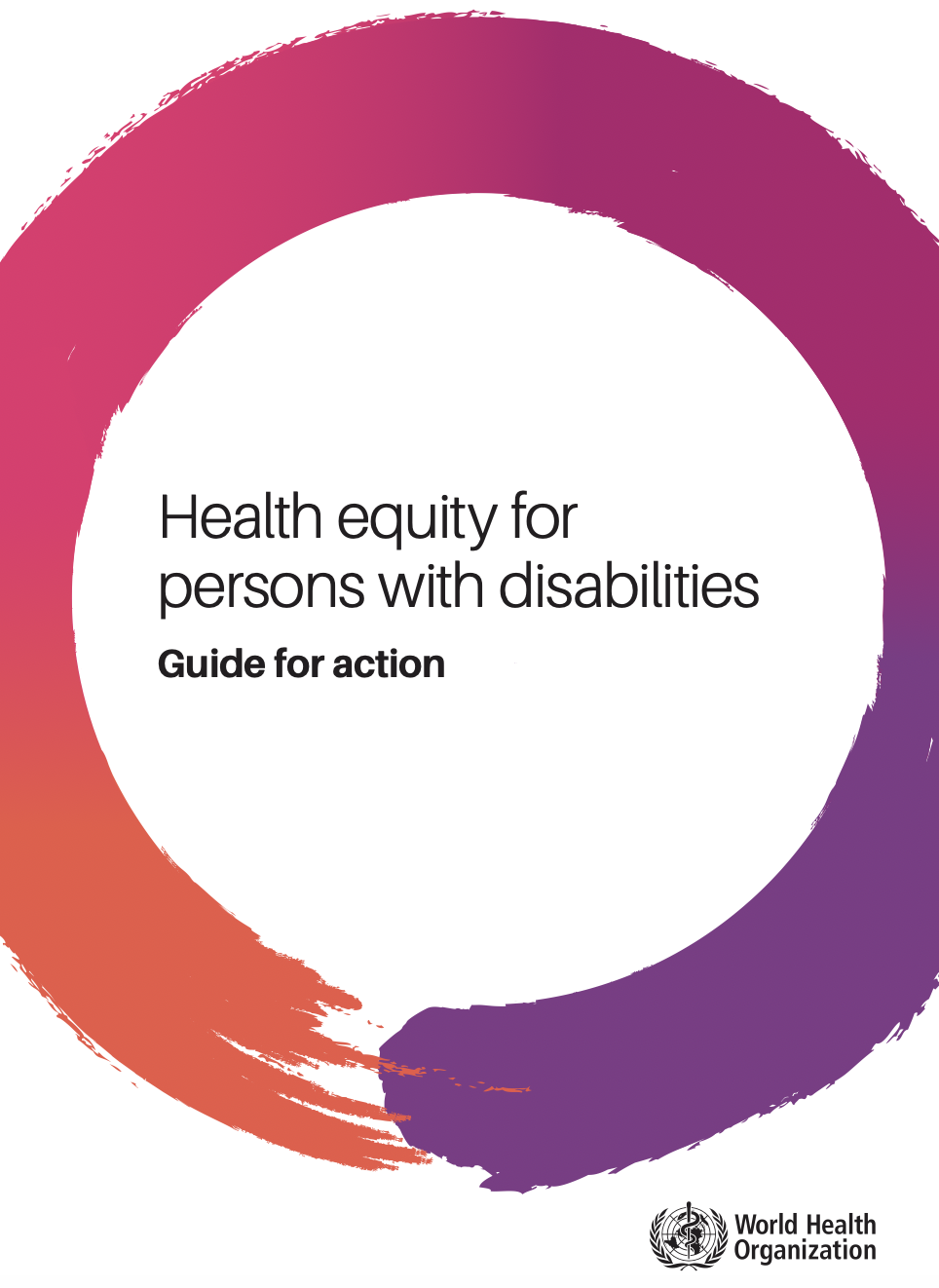WHO / Miguel Jeronimo
A girl who has bipolar disorder and a developmental disability is enjoying sports activities, as part of the access to a holistic health program organized by the NGO Kampuchea Sela Handicap.
On 3 December 2024, WHO joins partners around the world to commemorate the International Day of Persons with Disabilities. This year, the theme is Amplifying the leadership of persons with disabilities for an inclusive and sustainable future .
Persons with disabilities make up 16% of the global population, yet they rarely access leadership roles in the health sector. They commonly face numerous barriers which prevent them from accessing these roles, such as discrimination, stigma, or exclusion from education and employment opportunities. WHO recognizes that amplifying the leadership of persons with disabilities is essential to make meaningful progress in achieving global health goals, advancing health equity for all, and building a more inclusive and sustainable future.
What is WHO doing to amplify the leadership of persons with disabilities in the health sector?Including persons with disabilities in decision-making processes in the health sector is a fundamental step to drive change towards a more inclusive and sustainable future. To support governments and health sector partners to advance health equity, WHO published a new health system strategic planning tool which facilitates the meaningful engagement of persons with disabilities in line with human rights-based approaches.
 Health equity for persons with disabilities: Guide for action WHO has developed the Health equity for persons with disabilities: Guide for action (or Disability inclusion guide for action) to provide technical guidance on the process that ministries of health can lead on to integrate disability inclusion into existing health systems governance, planning, and monitoring. This guide will support countries in their work to ensure that persons with disabilities have equitable access to quality health services and achieve their highest attainable standard of health.
Health equity for persons with disabilities: Guide for action WHO has developed the Health equity for persons with disabilities: Guide for action (or Disability inclusion guide for action) to provide technical guidance on the process that ministries of health can lead on to integrate disability inclusion into existing health systems governance, planning, and monitoring. This guide will support countries in their work to ensure that persons with disabilities have equitable access to quality health services and achieve their highest attainable standard of health.
We asked the leaders of Organizations of Persons with Disabilities in C te d Ivoire who were engaged in all steps of the implementation of this Guide for action about their views, and here is what they told us.
"We used to have a healthcare system in which persons with disabilities had to adapt to the existing system. But today we've gone further trying to adapt the system to disability. It's normal for the people affected to participate in this process which is being carried out for them.
"
"Giving us access to healthcare means giving us our dignity. It means given us our well-being. It enables us to express our humanity. The Guide for action gives us tools that put disability at the heart of the activities that our ministry of health is going to carry out. I think this toolkit will really help persons with disabilities, their families, but also our entire community.
"
"The first index of quality of life is health. You can have gold, you can have money, but if you're not healthy, you can't enjoy life. The Guide for action gave us, persons with disabilities and OPDs, the opportunity to be taken into account. The whole process is implemented with our participation and taking our views into account.
"
"According to Article 25 of the United Nations Convention on the Rights of Persons with Disabilities, persons with disabilities have equal rights with other people. As a result, they are entitled to equity and must enjoy the same rights and receive the same healthcare as any other person.
"
Persons with disabilities make up 16% of the global population
Persons with disabilities have the right to achieve their highest levels of health like anyone else. It is a basic human right
Persons with disabilities often face barriers and are denied fair chances at accessing health services
Persons with disabilities have the right to participate fully and effectively in decisions that affect their lives
Actively involving persons with disabilities is essential to inform more inclusive health services and activities in the community

